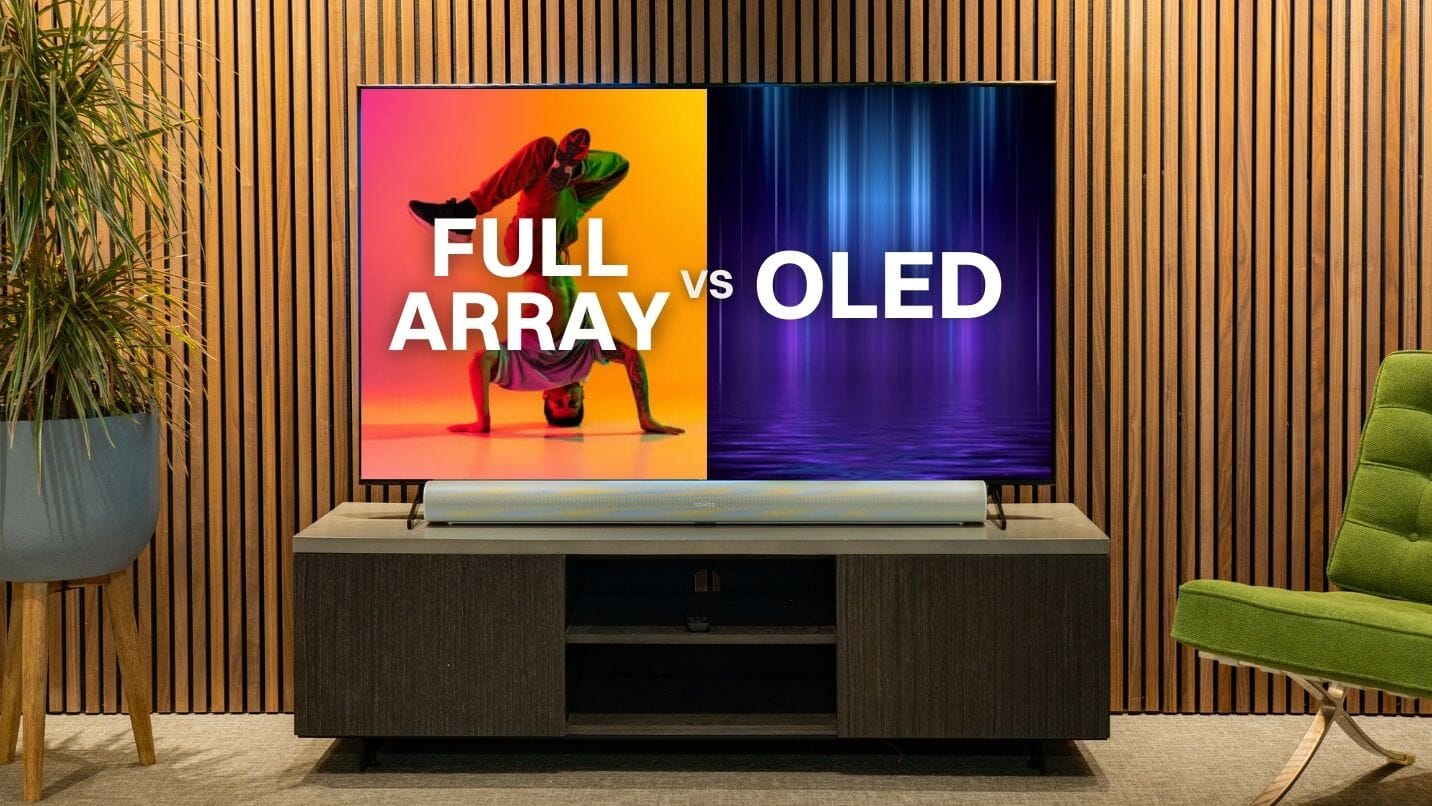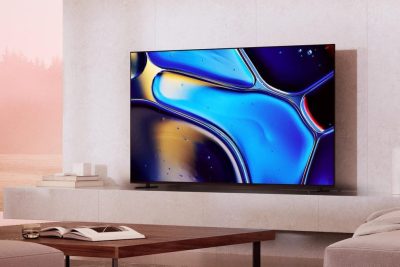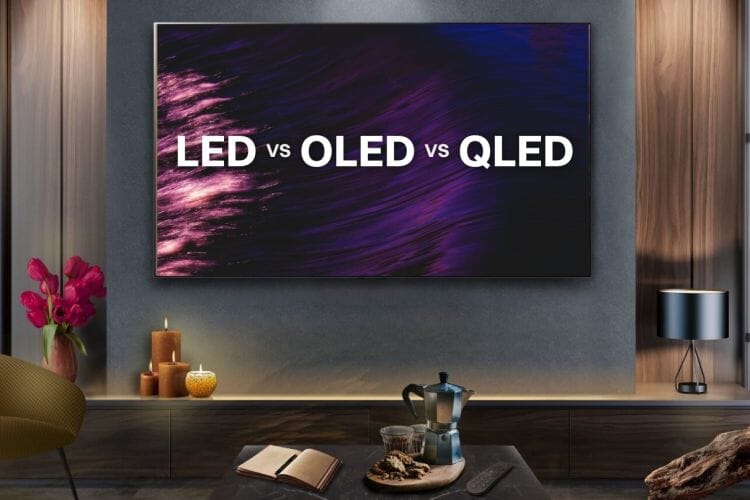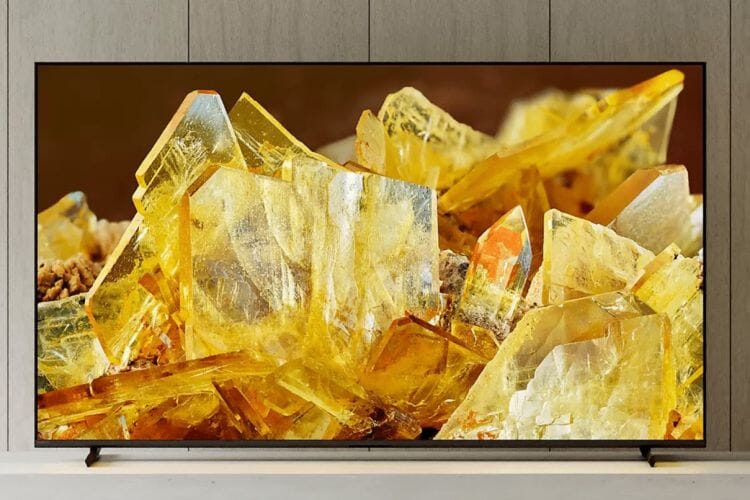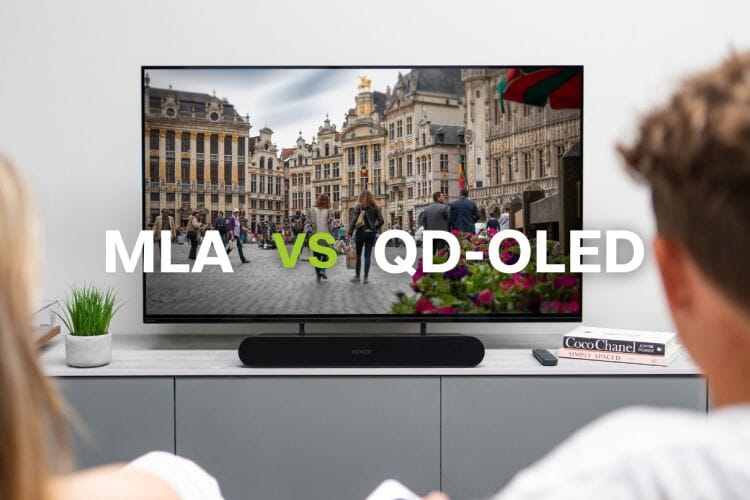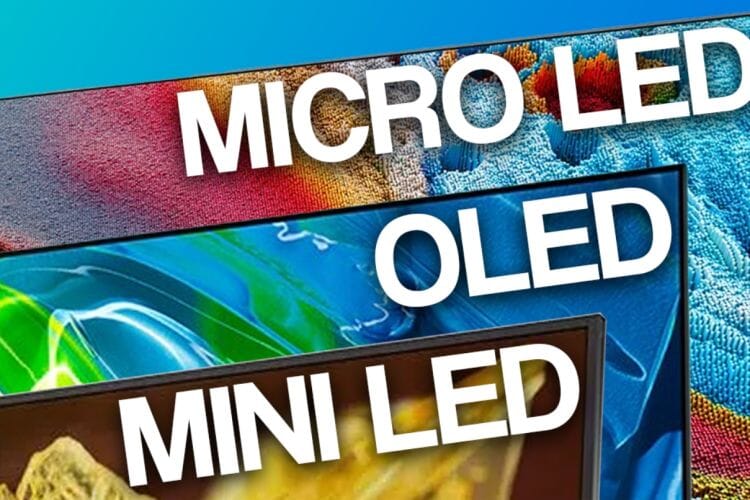Full Array Led vs OLED in a TV - What’s the Difference?
When shopping for a TV, you might come across the use of such terms as OLED and Full-Array LED.
While they do sound quite similar on paper, we decided to write a blog on the differences between them, as they may be significant enough to impact your purchasing decision.
Stay tuned and we'll cover the main differences and how they matter for YOU.
For this comparison, we will be using the Sony Bravia X90L (Full-Array LED) and the Sony BRAVIA 8 (OLED) as examples, as two popular models within Sony's TV range, this should make it easier to focus on the screen differences when it comes to OLED vs. LED (Full-Array).
Don't like reading? Check out our YouTube video on the topic below:
Before we delve into what the differences are, it's first important to answer the question:
What is Full-Array LED and OLED?

Full-Array LED:LED stands for "Light Emitting Diode", referring to TVs with a thin layer of liquid crystals sat between transparent glass panels. The crystals might form the image but they cannot produce any light themselves and therefore all LED TVs are backlit by small, bright LEDs which act like shutters to block or allow light to pass through. |
OLED:OLED stands for "Organic Light Emitting Diode" and these don’t require any type of backlight as the diodes emit their own light and can turn themselves off completely. This means you can get pure blacks and almost perfect contrast ratios so the colour accuracy is much greater. |
|
When comparing traditional LCD vs LED vs OLED screens, the Full-Array LED screen is a step up from standard LED and comes much closer to OLED. As Full-Array screens are fully backlit, they offer better viewing angles and deeper black levels than standard LED TVs. |
You may also have come across QLED TVs in your research. This is a technology favoured by Samsung that employs quantum dot technology and in front of the full-array nano-lightbulb backlight to improve colours. This sits somewhere in between the Full-Array LED TV vs OLED debate, with QLED closing the gap further between the two. |
Note: it’s important to remember that a lot of the picture quality is determined by the video processing which is all taken care of before the signal even reaches the panel
For more information about screen types and TV technology, please take a look at our TV Buying Guide.
Strengths & Weaknesses at a Glance
|
|
|
Sony X90L (Full Array LED) - Weaknesses✖ Not ideal for off-axis viewing as blacks can become washed out. Choose X95L for X-Wide Angle technology ✖ Less colour variance than OLED ✖ Not quite as premium looking or as slim as OLED |
Sony BRAVIA 8 (OLED) - Weaknesses✖ Doesn't go quite as bright as Full Array LED as each pixel lights up individually, though this is always improving ✖ More expensive and less choice of sizes as more expensive to manufacture. Only available in 55", 65" & 77" |
SHOP SONY X90L |
SHOP SONY BRAVIA 8 |
⭐ Useful Note: In the past, OLED panels have been marred by image retention issues causing screen burn-in over time. This was a problem because each pixel is paired with its own lighting source, meaning they’re more prone to retaining parts of the picture especially when there are static elements on screen.
More: Sony X90L Review: Full Array Hidden Gem? (Blog)
Verdict
If you've owned a TV for quite a few years, you will see a drastic difference between modern LED models as technology has moved extremely fast. However, once we'd seen the difference in OLED, it was very difficult to go back to LED and Sony, as well as other retailers have made some huge strides in the picture quality and even the sound quality.
If you have the budget and you're in pursuit of the best TV viewing experience to bring you as close to the cinema as possible; it has to be OLED.
If on the other hand, you are on a budget and don't want to spend over the odds on OLED, there will be an LED model suitable for you.
If you'd like any more information about anything that's been discussed, please reach out to info@smarthomesounds.co.uk, via Live Chat on our website or on 0800 677 1100 where one of our friendly advisors will be happy to help.
SHOP SONY TVS
Other Useful Content
For more information about screen types and TV technology, please take a look at our TV Buying Guide.
More On TV Tech:
>> MLA vs QD-OLED: The Differences That Actually Matter
>> LED vs. OLED vs. QLED - What Do They All Mean and Which Is Right for Me?
>> Full-Array vs. OLED: The Differences That Actually Matter
>> Mini LED vs OLED vs Micro LED: Pick Your Perfect TV Panel
>> QLED vs OLED: The Differences That Actually Matter
Helpful content:
Video: How To Choose The Right TV Screen Size



